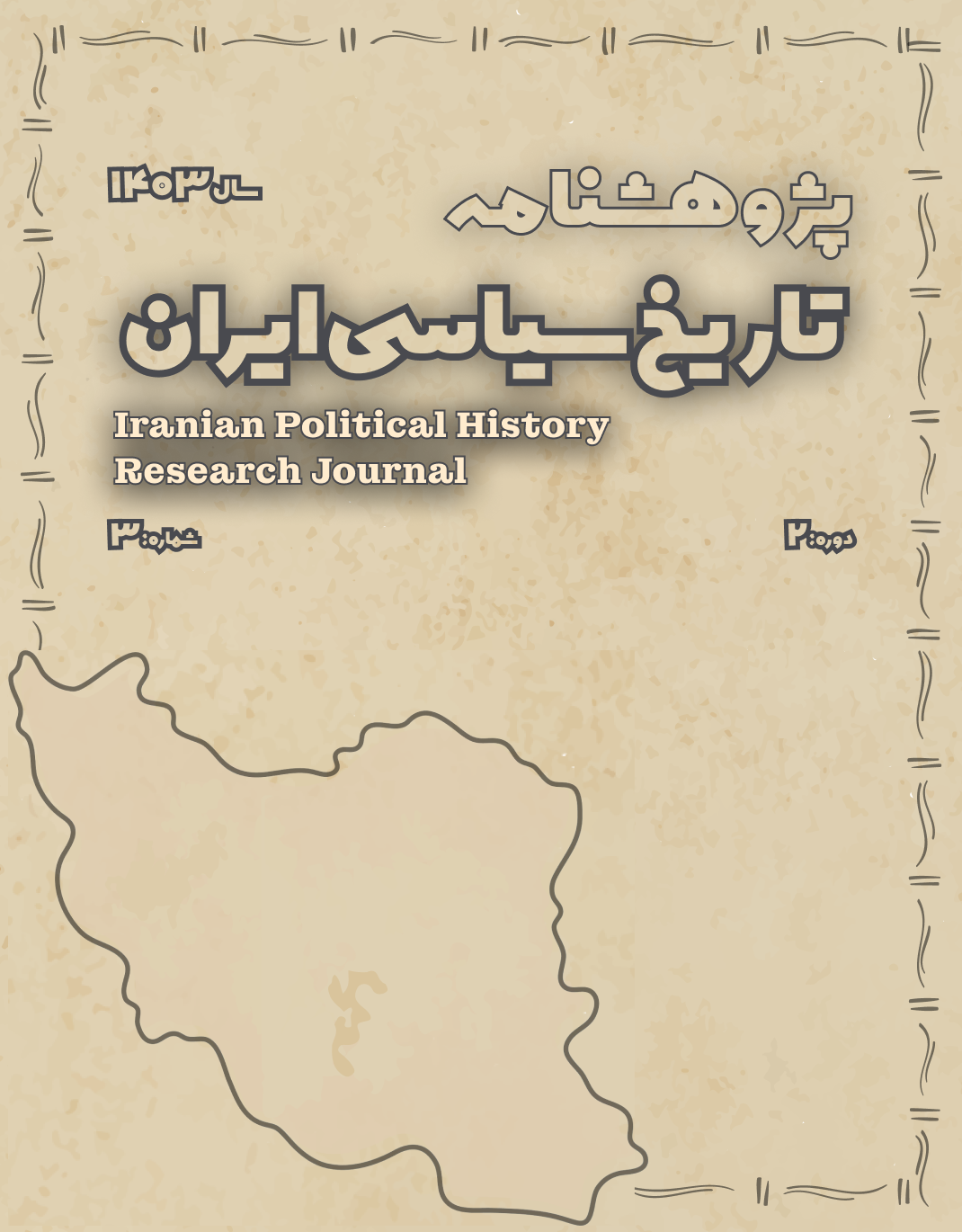Religious Diplomacy in Safavid Iran and Its Influence on Foreign Policy
Keywords:
Religious diplomacy, Safavid, Iranian foreign policy, Shi‘ism, Ottoman Empire, soft power, cultural diplomacyAbstract
This article explores the role of religious diplomacy in the foreign policy of the Safavid state and aims to demonstrate how the integration of Twelver Shi‘ism with the political structure provided a coherent framework for Iran’s international relations during the Safavid period. By institutionalizing Shi‘ism as the state religion and leveraging religious institutions and prominent clerics, the Safavid rulers developed an ideologically driven foreign policy. Using a historical-analytical approach and drawing upon theories such as constructivism, soft power, and cultural diplomacy, the study reveals that religious diplomacy played a decisive role not only in the ideological confrontation with the Sunni Ottoman Caliphate but also in interactions with Shi‘a states in India, Shi‘a communities in Central Asia, and European powers such as Spain, Venice, and Portugal. The Safavids dispatched Shi‘a clerics abroad, exported religious discourses, and sent diplomatic letters infused with religious rhetoric to foreign leaders, establishing a transnational form of soft diplomacy. This model was not only effective during the Safavid era but has also had lasting influence, observable in the foreign policy discourse of the Islamic Republic of Iran. The article argues that Safavid religious diplomacy formed a durable and impactful model in Iran’s diplomatic history, offering a valuable perspective for analyzing the relationship between religion, identity, and foreign policy in the region’s geopolitical context.
Downloads
References
Arjomand, S. A. (1984). The Shadow of God and the Hidden Imam: Religion, Political Order, and Societal Change in Shi'ite Iran from the Beginning to 1890. University of Chicago Press.
Johnston, D. (2003). Faith-Based Diplomacy: Trumping Realpolitik. Oxford University Press.
Keddie, N. R. (2006). Modern Iran: Roots and Results of Revolution. Yale University Press.
Matthee, R. (2011). Persia in Crisis: Safavid Decline and the Fall of Isfahan. I.B. Tauris.
Mottahedeh, R. (2000). The Mantle of the Prophet: Religion and Politics in Iran. Oneworld Publications.
Newman, A. J. (2006). Safavid Iran: Rebirth of a Persian Empire. I.B. Tauris.
Savory, R. (2007). Iran under the Safavids. Cambridge University Press.









